Light Management and Sustainability
The latest findings from the Federal Government’s Climate Change Commission are in and it’s official: the decade we are in now is the most important one in terms of the battle against our warming planet and the fight to save our environment for future generations. The time for action is now, and while the big policy decisions are up to governments all over the world, there are individual choices that your family can make in order to reduce your eco footprint. One of the ways in which you can do this is through better light management. From what this means to the ways in which you can make changes around the home to take advantage of it, we’ve got you covered in this article. Everyday additions to your home such as roller blinds or sustainably designed structures can mean you lower your energy bill and your impact on the planet at the same time.
What is Light Management?
In terms of sustainability, light management refers to properly harnessing the energy of natural light in your home. Natural light is an energy source, but we’re not talking here about solar power in the traditional sense. Sunlight obviously serves two purposes–it creates light and it creates heat, two elements we need in our homes and two elements that, traditionally, we pay for. By harnessing both the natural heating and lighting power of that big ‘ole free ball of gas in the sky, we can reduce the amount we have to buy from energy companies. Not only can we use natural light, we can also create solutions that block it out, meaning that cooling becomes cheaper and more natural as well.
How?
There are several ways in which you can apply light management solutions in your home. In winter, the idea is to get as much heat and light into your home as possible during the day, so retractable awnings and blinds should be left open during the day to make the most of the warm sun. As soon as the sun sets, close them up again to make the most of that absorbed warmth. In summer, most places in Australia get mighty hot, which is why so many of us invest in reverse cycle cooling systems or air conditioners. The thing is, if you can prevent the light from getting into your home during the long, hot summer’s days, you can keep your house up to 40% cooler. 40%!
In terms of lighting, changes to your home can also help reduce the amount of energy wasted on lights, especially during the day. If you have a veranda or pergola that is blocking the light into your home, consider replacing it with a retractable awning or installing a skylight. You shouldn’t have to use electric lighting during the day, so if you find you’re having to have the lights on 24/7 it’s probably time to consider allowing some more natural light to penetrate.



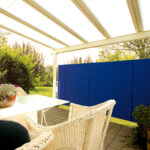
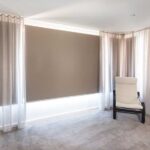

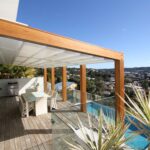
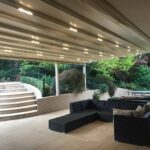

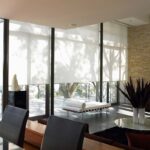

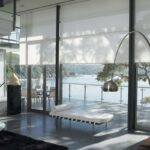

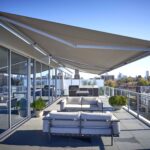
No Comments